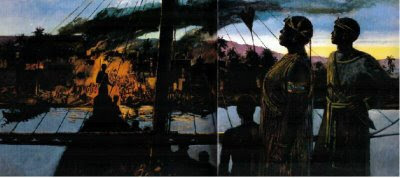cont.

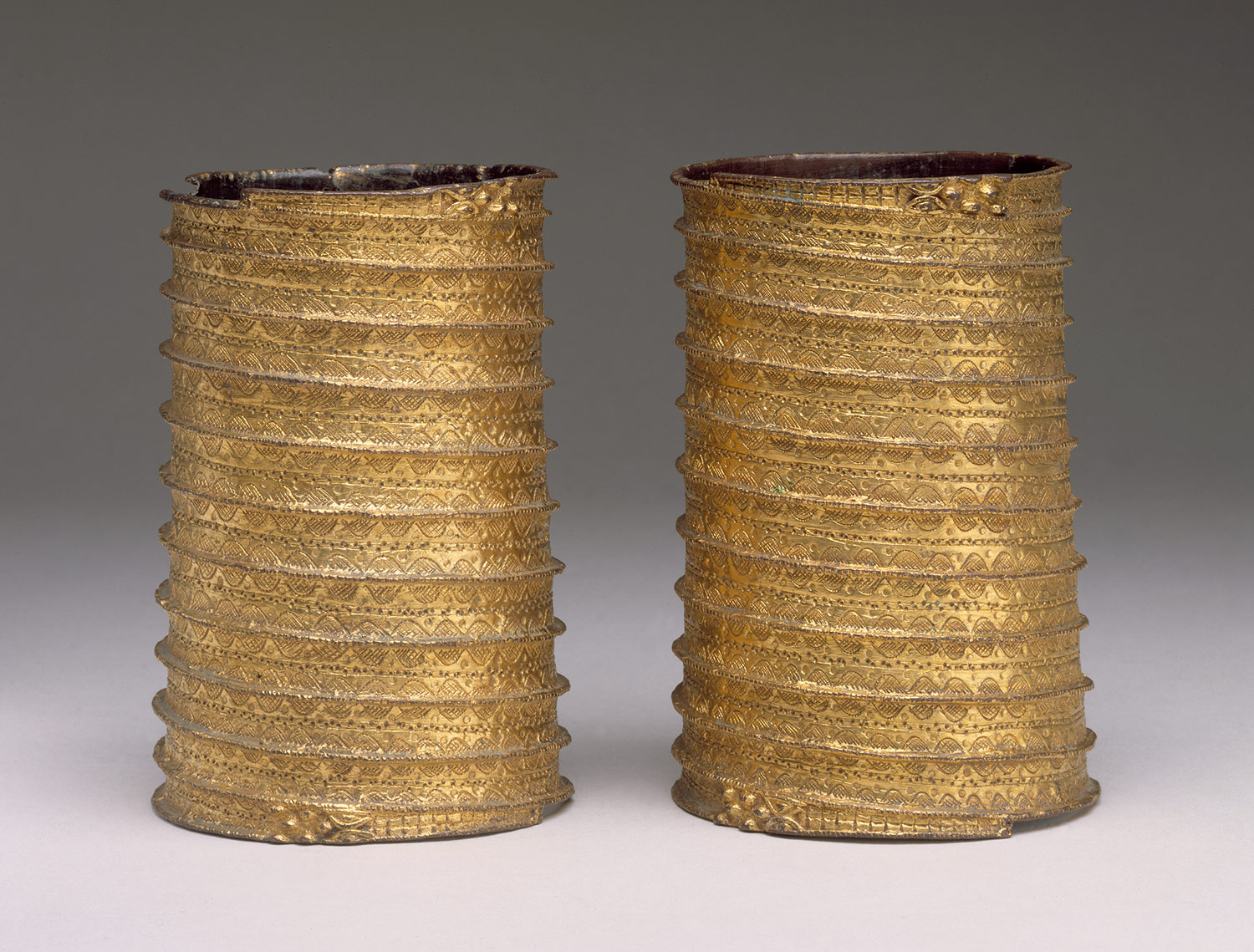

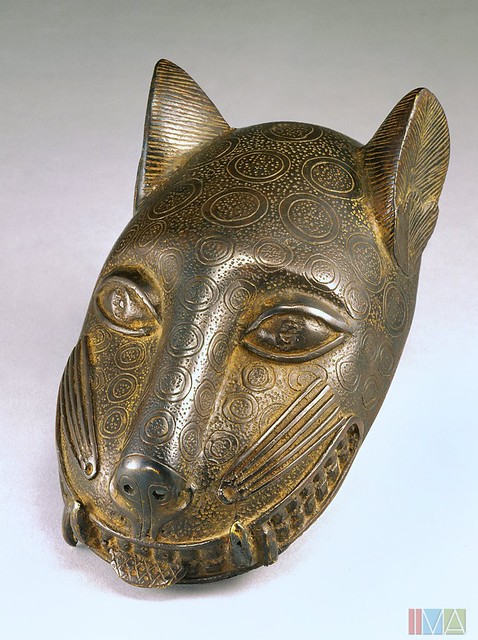
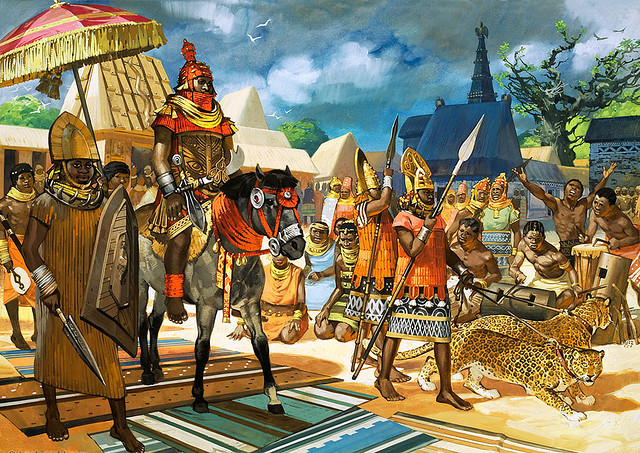









A 17th-century Dutch engraving from Olfert Dapper's Nauwkeurige Beschrijvinge der Afrikaansche Gewesten, published in Amsterdam in 1668 wrote:
The king's palace or court is a square, and is as large as the town of Haarlem and entirely surrounded by a special wall, like that which encircles the town. It is divided into many magnificent palaces, houses, and apartments of the courtiers, and comprises beautiful and long square galleries, about as large as the Exchange at Amsterdam, but one larger than another, resting on wooden pillars, from top to bottom covered with cast copper, on which are engraved the pictures of their war exploits and battles..."
—Olfert Dapper, Nauwkeurige Beschrijvinge der Afrikaansche Gewesten
 so you have some knowledge about that ancient empire beyond these pictures? ?
so you have some knowledge about that ancient empire beyond these pictures? ? 





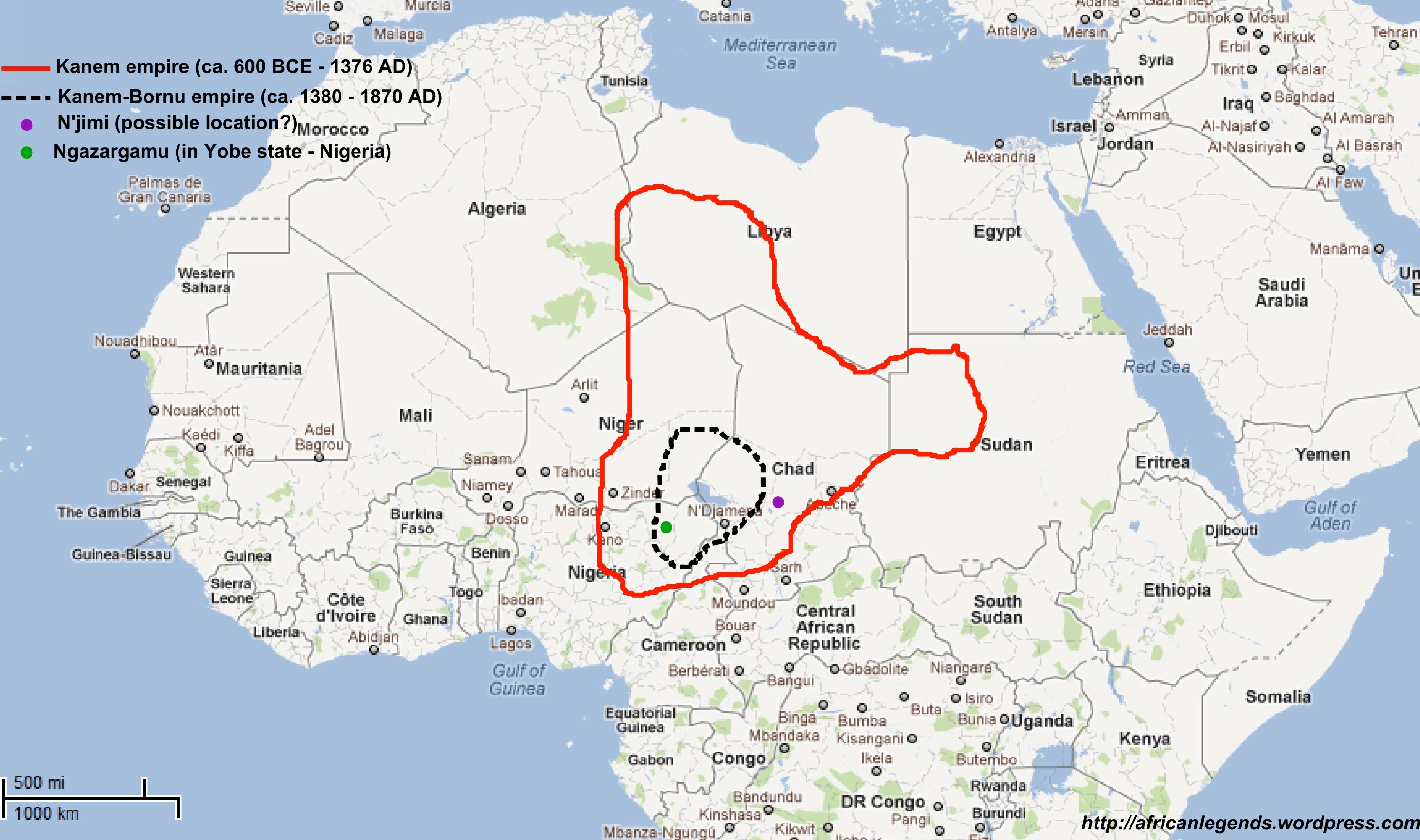


 shyt
shyt 



